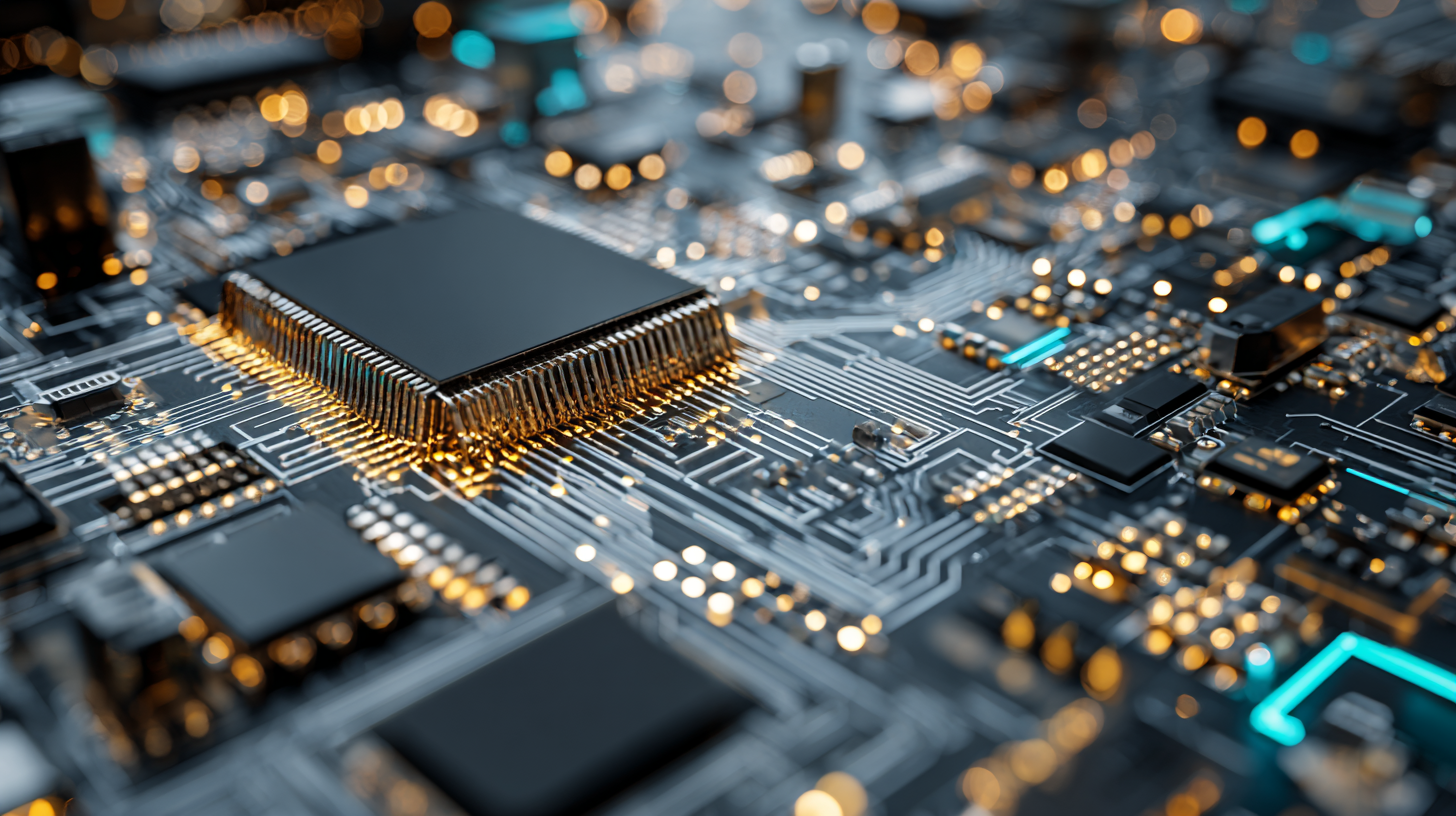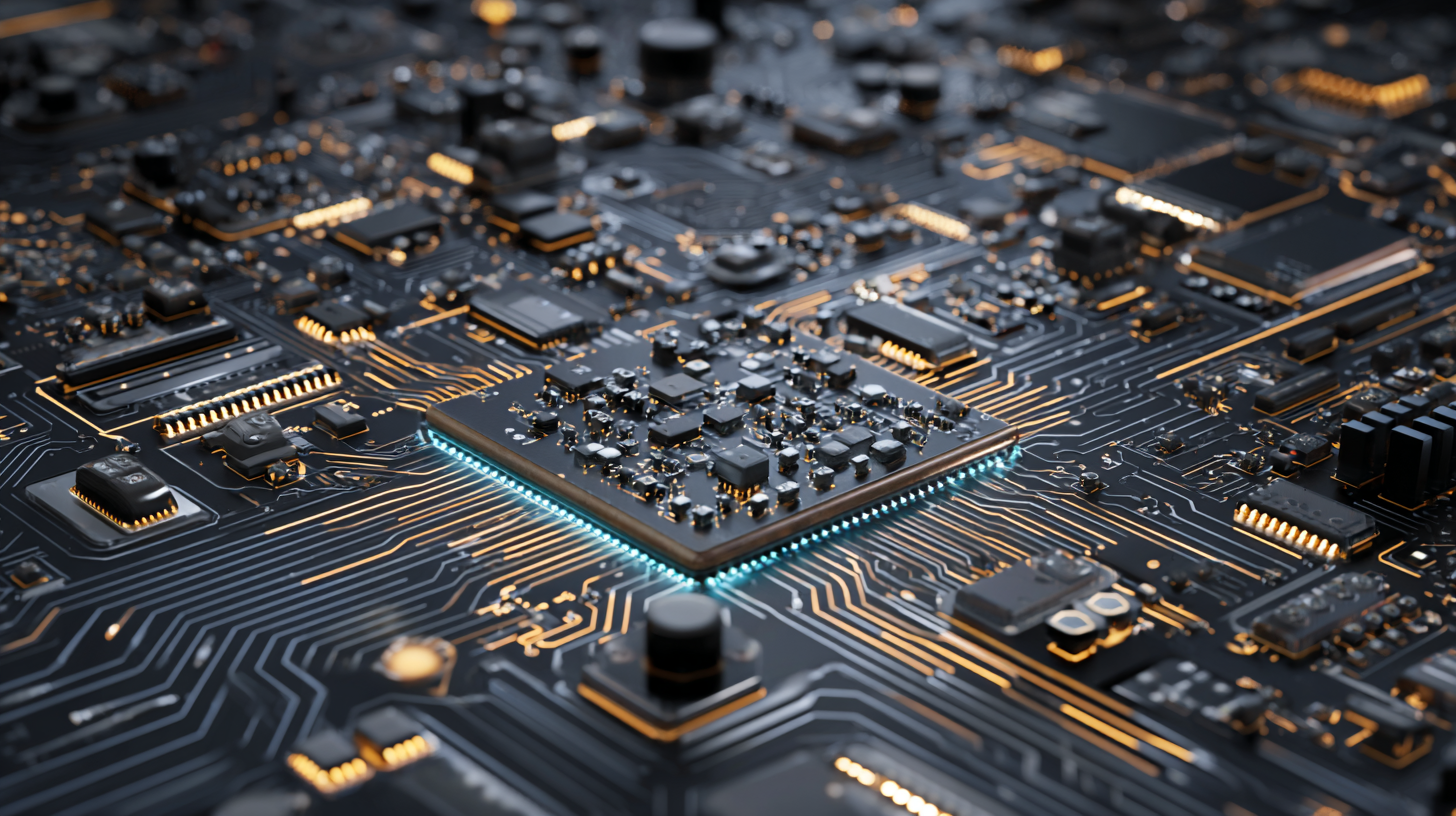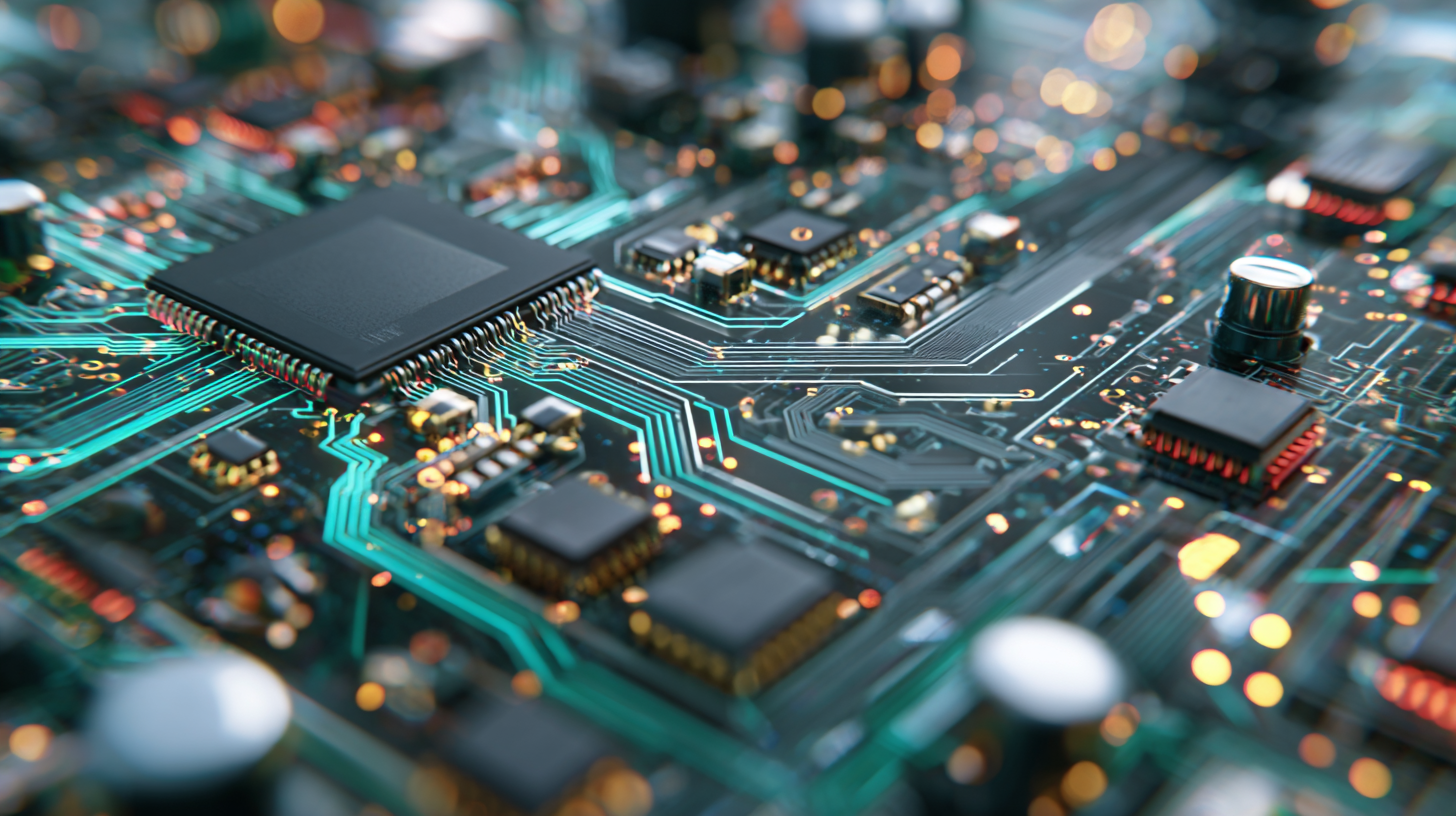Unlocking Innovation: The Future of Circuit Board Design in 2024 and Beyond
The landscape of circuit board design is poised for significant transformation as we move into 2024 and beyond. According to a recent report by Research and Markets, the global circuit board market is projected to reach $80 billion by 2026, driven by increasing demand in sectors like automotive, consumer electronics, and the burgeoning Internet of Things (IoT). As technology evolves at an unprecedented pace, designers are now leveraging advanced methodologies such as multi-layered designs, flexible circuitry, and computer-aided design (CAD) tools to meet the growing complexity of modern electronics. This shift not only enhances the performance and reliability of circuit boards but also accelerates the innovation cycle, presenting new opportunities for manufacturers and engineers alike. With these developments, understanding the future of circuit board design is crucial for staying competitive in an increasingly dynamic market.

Emerging Technologies Revolutionizing Circuit Board Design
As we look towards 2024 and beyond, emerging technologies are set to revolutionize circuit board design, enhancing performance and sustainability. According to a recent report by Market Research Future, the global printed circuit board (PCB) market is projected to reach a staggering $83.5 billion by 2025, growing at a compound annual growth rate (CAGR) of 4.4%. This growth is primarily fueled by advancements in technology and the increasing demand for smaller, more efficient electronic devices.

One of the most significant trends is the rise of AI and machine learning in PCB design processes. These technologies enable engineers to create more complex and efficient designs in significantly less time. For instance, AI algorithms can automate the layout optimization process, reducing design time by up to 50%, as noted in a study by the Institute of Electrical and Electronics Engineers (IEEE). Additionally, innovations in materials science, such as the development of high-frequency laminates and flexible substrates, are pushing the boundaries of what is possible in circuit board design, paving the way for the next generation of electronic devices that are not only faster but also environmentally friendly.
Integrating AI and Machine Learning in PCB Development
The integration of AI and machine learning in PCB development is poised to revolutionize the design process, enhancing both efficiency and innovation. These technologies enable designers to analyze vast amounts of data quickly, allowing for better optimization of circuit layouts. Machine learning algorithms can identify patterns from historical design data, leading to improved decisions regarding component placement and routing. This not only shortens the design cycle but also minimizes the risk of errors, making products more reliable.
Furthermore, predictive analytics, powered by AI, can forecast potential design issues before they become significant problems. By simulating various scenarios, engineers can refine their designs in real-time, adapting to changes that might arise during the prototyping phase. This level of foresight ensures that products are not only high-quality but also market-ready faster than ever before. As PCB design continues to evolve, the symbiotic relationship between AI and engineering will undoubtedly unlock new frontiers in innovation, driving the industry forward into 2024 and beyond.
Sustainability Practices in Future Circuit Board Manufacturing
As we look toward 2024 and beyond, the circuit board manufacturing industry is undergoing a significant transformation, driven by sustainability practices that aim to reduce environmental impact. A recent report by the International Journal of Life Cycle Assessment highlighted that traditional circuit board manufacturing processes contribute to about 20% of the electronic industry's total carbon footprint. Consequently, manufacturers are increasingly adopting eco-friendly materials and methods, such as using bio-based substrates and reducing harmful chemicals in the production process.
One exciting trend in sustainable circuit board design is the rise of recycling initiatives. According to a study by the Global E-Waste Monitor, only 17.4% of e-waste was recycled in 2019, starkly underscoring the necessity to improve recycling practices in electronics. Future designs are likely to embrace modularity, enabling easier disassembly and recycling. This shift not only conserves materials but also aligns with regulatory pressures and consumer demand for greener products.
**Tip 1:** Consider partnering with suppliers who prioritize sustainability, as this can greatly enhance your product's eco-friendliness while potentially reducing costs over time.
**Tip 2:** Stay informed about the latest innovations in sustainable materials and manufacturing techniques; they may offer groundbreaking opportunities to improve quality and performance.
By implementing these practices, the circuit board industry can pave the way for an innovative and sustainable future.
| Dimension | Current Trend | Expected Development by 2024 | Sustainability Impact |
|---|---|---|---|
| Material Selection | Shift to eco-friendly materials | Increased adoption of biodegradable and recyclable materials | Reduction in environmental footprint |
| Manufacturing Process | Use of traditional production methods | Integration of automated and AI-driven processes | Lower energy consumption and waste generation |
| Lifecycle Management | Limited end-of-life recycling | Establishment of closed-loop recycling programs | Maximized reuse of materials |
| Energy Efficiency | Focus on basic energy-saving techniques | Adoption of cutting-edge energy-efficient technologies | Significant reduction in operational carbon emissions |
| Regulatory Standards | Compliance with basic industry regulations | Proactive adaptation to upcoming sustainability regulations | Enhanced industry reputation and market competitiveness |
Trends in Circuit Board Miniaturization and Efficiency
As we move into 2024, the trends in circuit board miniaturization and efficiency are poised to revolutionize the electronics industry. The demand for smaller, lighter, and more efficient devices continues to drive innovation in circuit board design. Advances in materials science, such as the use of flexible substrates and more efficient conductive materials, are enabling designers to create boards that occupy less space while maintaining high performance. This miniaturization not only allows for more compact devices but also opens the door to new applications in wearables and Internet of Things (IoT) technologies.
Moreover, there is a growing emphasis on energy efficiency in circuit board design. Engineers are focusing on optimizing layouts and reducing power consumption through innovative design practices. Techniques such as embedded components and advanced thermal management are becoming standard, ensuring that modern circuit boards can handle increasing functionality without compromising energy use. This integration of miniaturization and efficiency is not just about making smaller products; it's about creating smarter, more sustainable technology that meets the demands of consumers and industries alike.
Trends in Circuit Board Miniaturization and Efficiency
This chart illustrates the trends in circuit board miniaturization and efficiency from 2020 to 2024. The data reflects the increasing density of components on circuit boards, emphasizing the ongoing innovation in design techniques and materials used for manufacturing.
Collaborative Design Tools for Enhanced Innovation in PCB Creation
The future of printed circuit board (PCB) design in 2024 and beyond is set to be revolutionized through collaborative design tools that foster enhanced innovation. As the demand for more sophisticated electronics grows, the ability to collaborate seamlessly across teams and disciplines becomes essential. These advanced design platforms allow engineers, designers, and other stakeholders to work together in real-time, sharing insights and modifications instantaneously. This collaborative approach not only improves efficiency but also encourages creativity, leading to groundbreaking designs that can drastically reduce time-to-market.
Moreover, the integration of artificial intelligence and machine learning within these collaborative tools is paving the way for smarter design solutions. AI-driven analytics can predict potential design flaws, suggest optimizations, and even automate routine tasks, freeing up human creativity for more complex problem-solving. By leveraging these technologies, teams can explore a wider array of design possibilities while maintaining high-quality standards. This synergistic environment is not just a trend; it is quickly becoming a necessity in the fast-paced world of electronics, setting the stage for unprecedented advancements in PCB creation.


